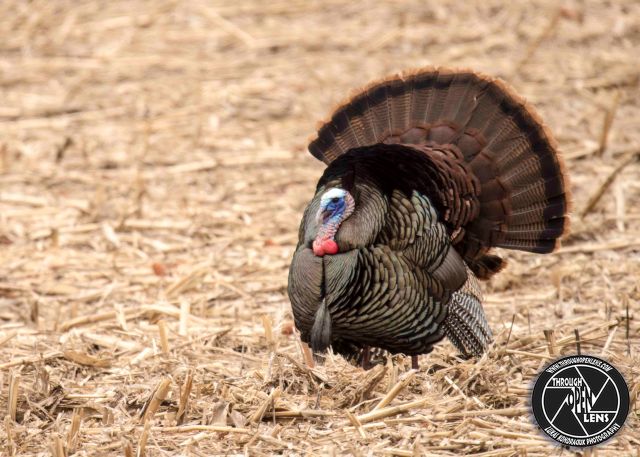F/7.1, 1/200, ISO 400.
Common Loon ( Nonbreeding adult )
What did the chicken say when it got to the library?
“Book book book book book book book…”
Interesting Fact: Migrating Common Loons occasionally land on wet highways or parking lots, mistaking them for rivers and lakes. They become stranded without a considerable amount of open water for a long takeoff. A loon may also get stranded on a pond that is too small. ( https://www.allaboutbirds.org/guide/Common_Loon/ )










